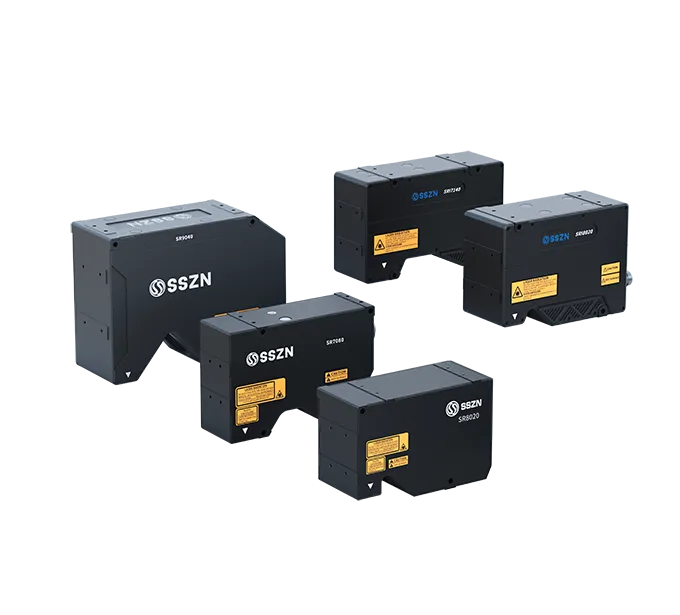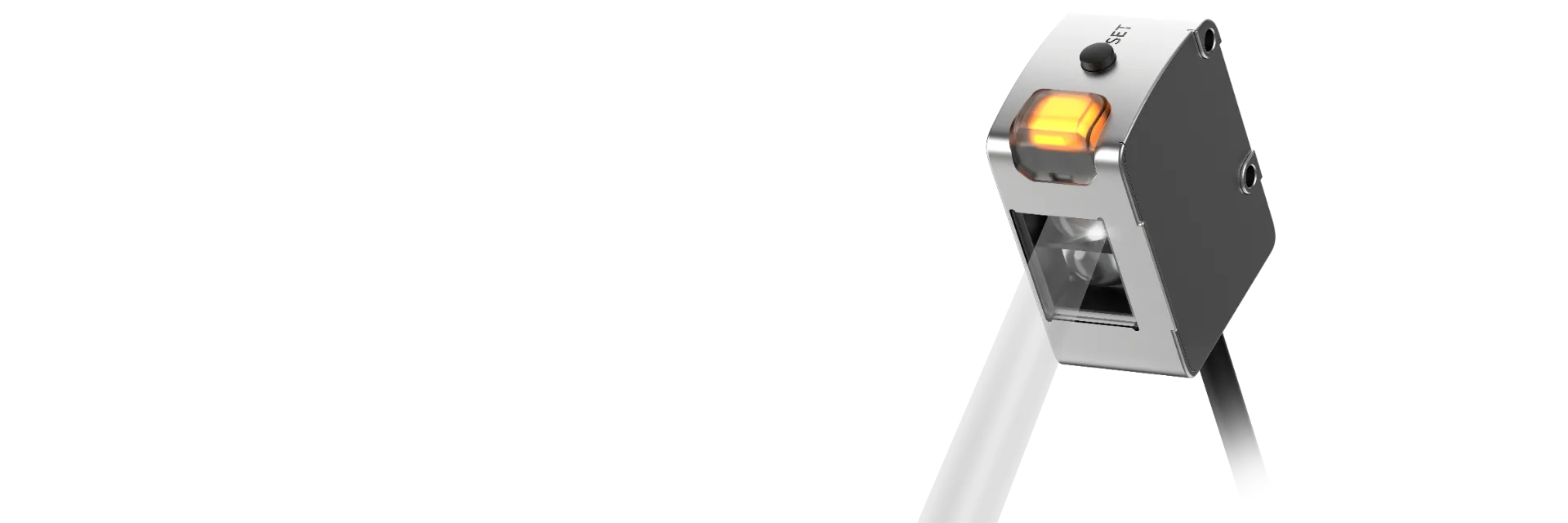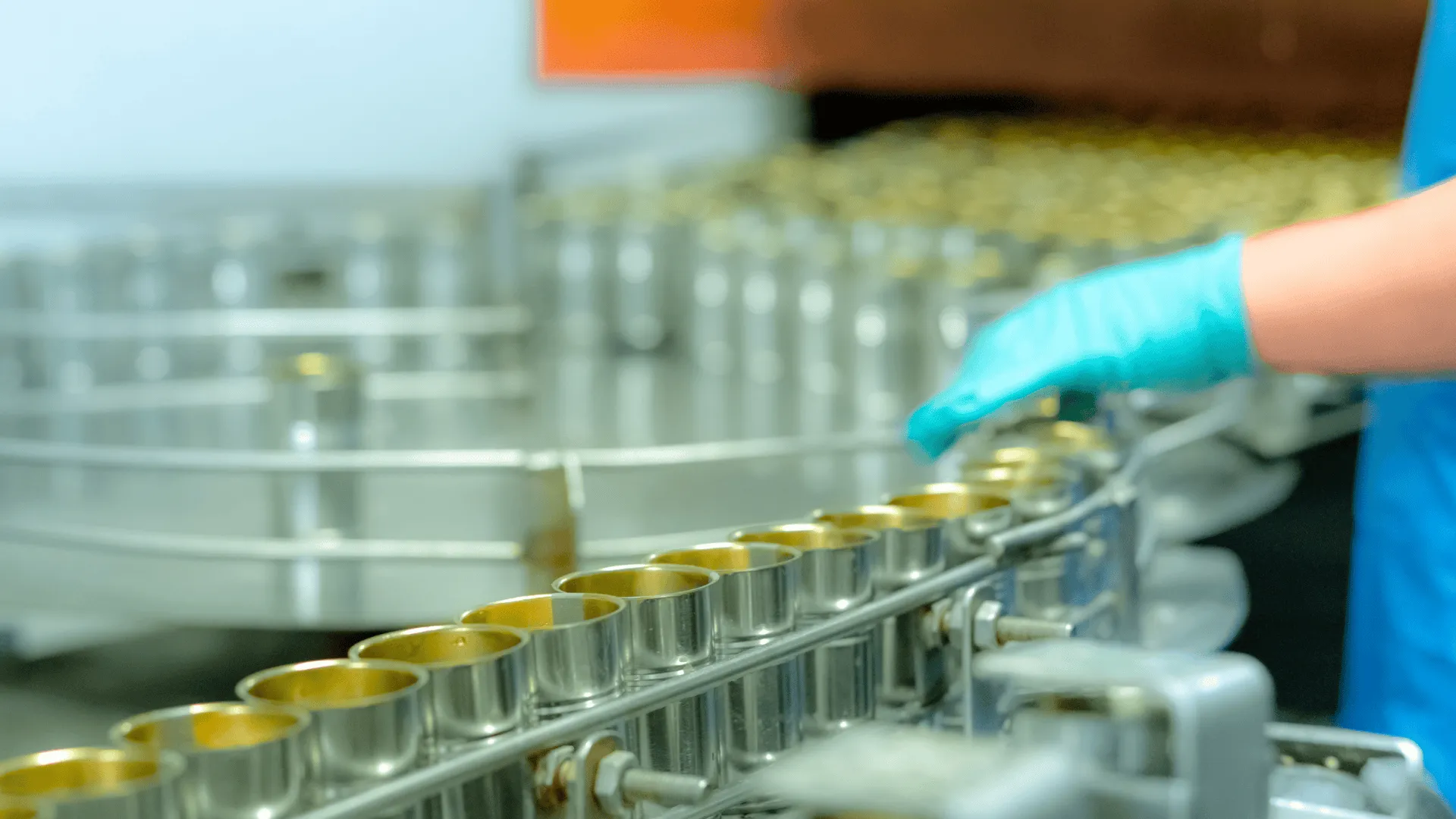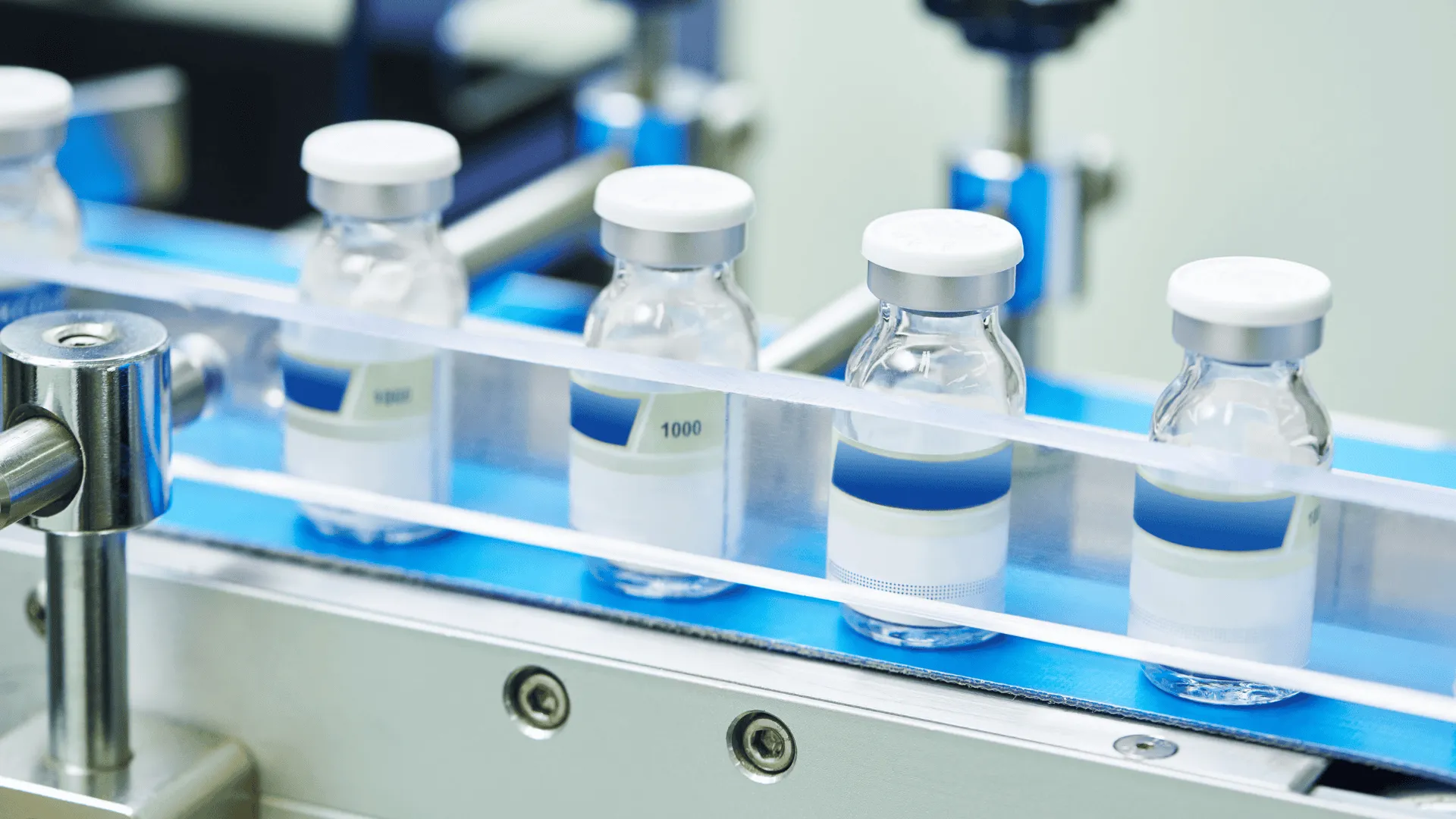Ultra-high precision
3D Laser Profiler with the fastest scanning speed (67kHz)
With the largest number (6400) of X-axis points
Discover SinceVision high-speed camera solutions, offering precision imaging and fast frame rates for industrial and machine vision applications.
SinceVision industry-leading 3D Laser Profilers with 6400 X-axis profile points and Z-axis repeatability accuracy up to 0.1μm.
Explore SinceVision Laser Displacement Sensor, designed for high-accuracy distance measurement in automation and inspection applications. Ideal for precise, reliable results in industrial settings.
SinceVision Spectral Confocal Displacement Sensor for accurate, non-contact displacement and thickness measurement across various materials. Perfect for high-precision industrial inspection needs.
SinceVision Through-Beam Edge Sensor, offering non-contact, high-speed edge detection for precise positioning. Ideal for web edge control, sheet metal detection, and quality control across multiple industries.
SinceVision Through-Beam Edge Sensor, offering non-contact, high-speed edge detection for precise positioning. Ideal for web edge control, sheet metal detection, and quality control across multiple industries.
SinceVision Full-Spectrum Sensor, is engineered for precise color detection across a full spectrum. Perfect for high-precision industrial automation and quality control applications.









3D Laser Profiler with the fastest scanning speed (67kHz)
With the largest number (6400) of X-axis points


Standard memory for all series products starting from 40GB (Up to 24TB)
Record of up to 1 million pixels, delivering unmatched clarity and precision


Laser Displacement Sensor SG5000 series
With the highest sampling frequency (590kHz)


Spectral Confocal Displacement Sensor
Maximum mirror measurement angle ±60°


Full-Spectrum Sensor
Adopts RS485 communication mode, with response time as short as 200μs




Automotive




Enabling over 100 subdivisions
Proportion of R&D technicians
